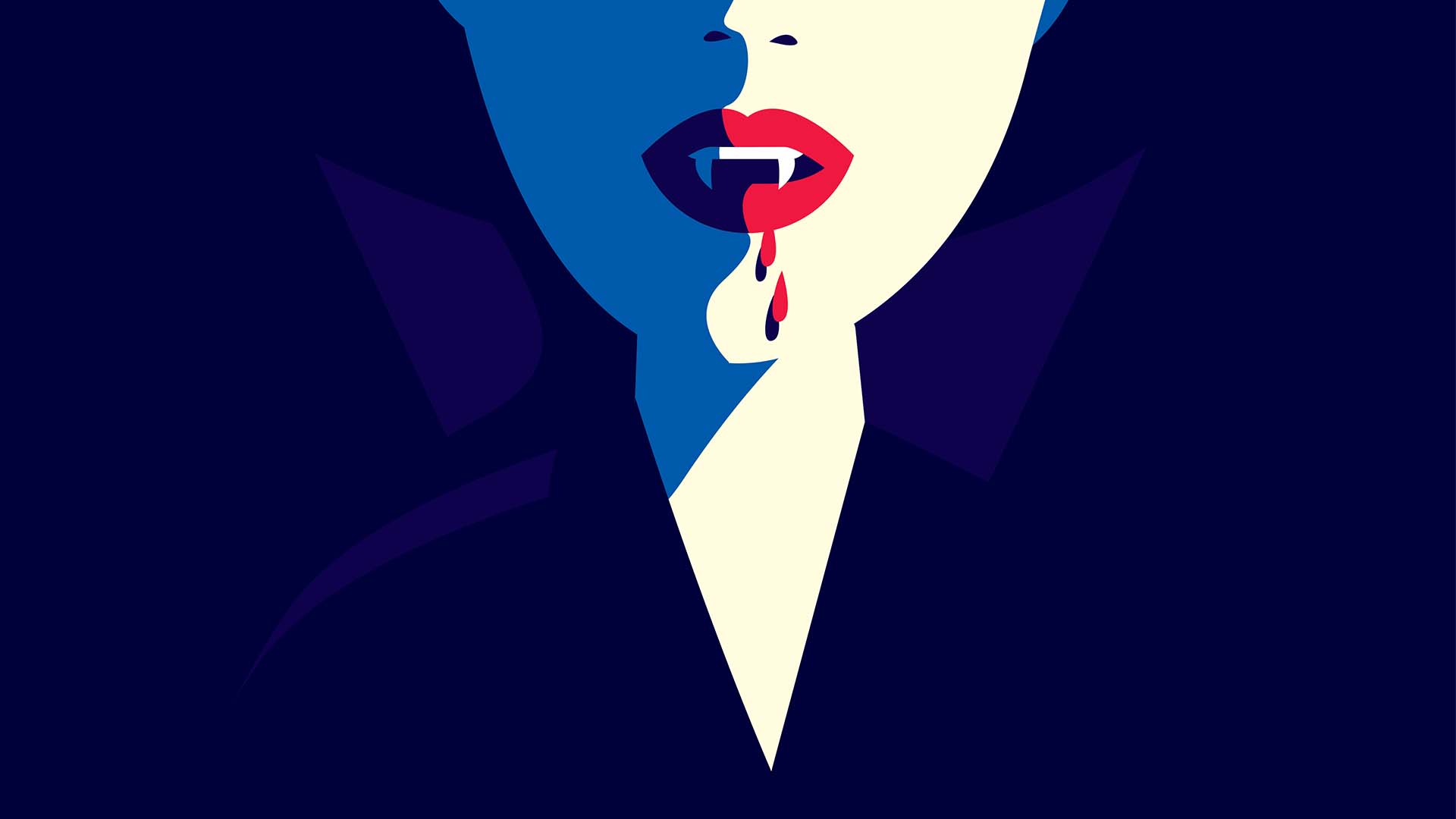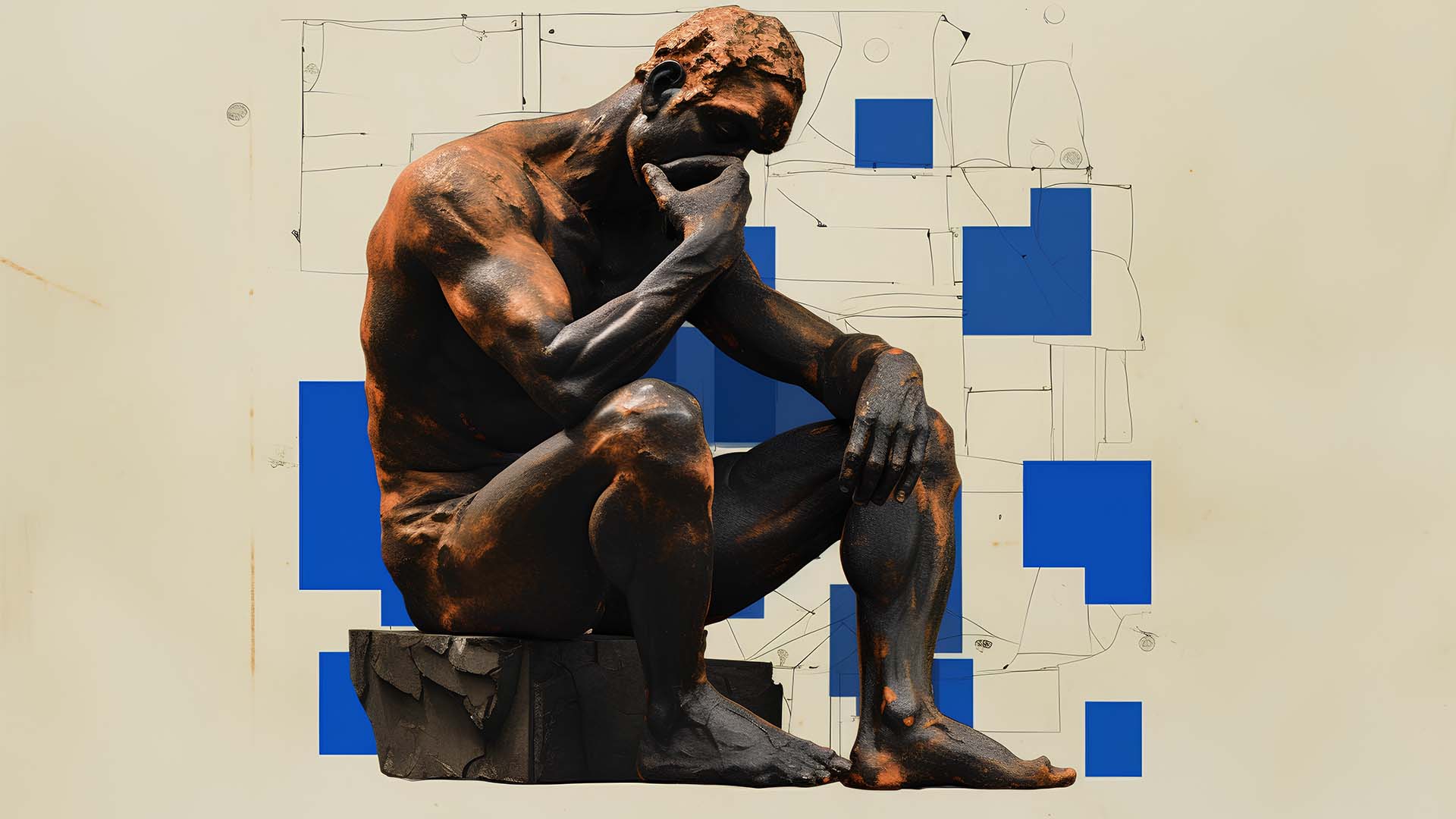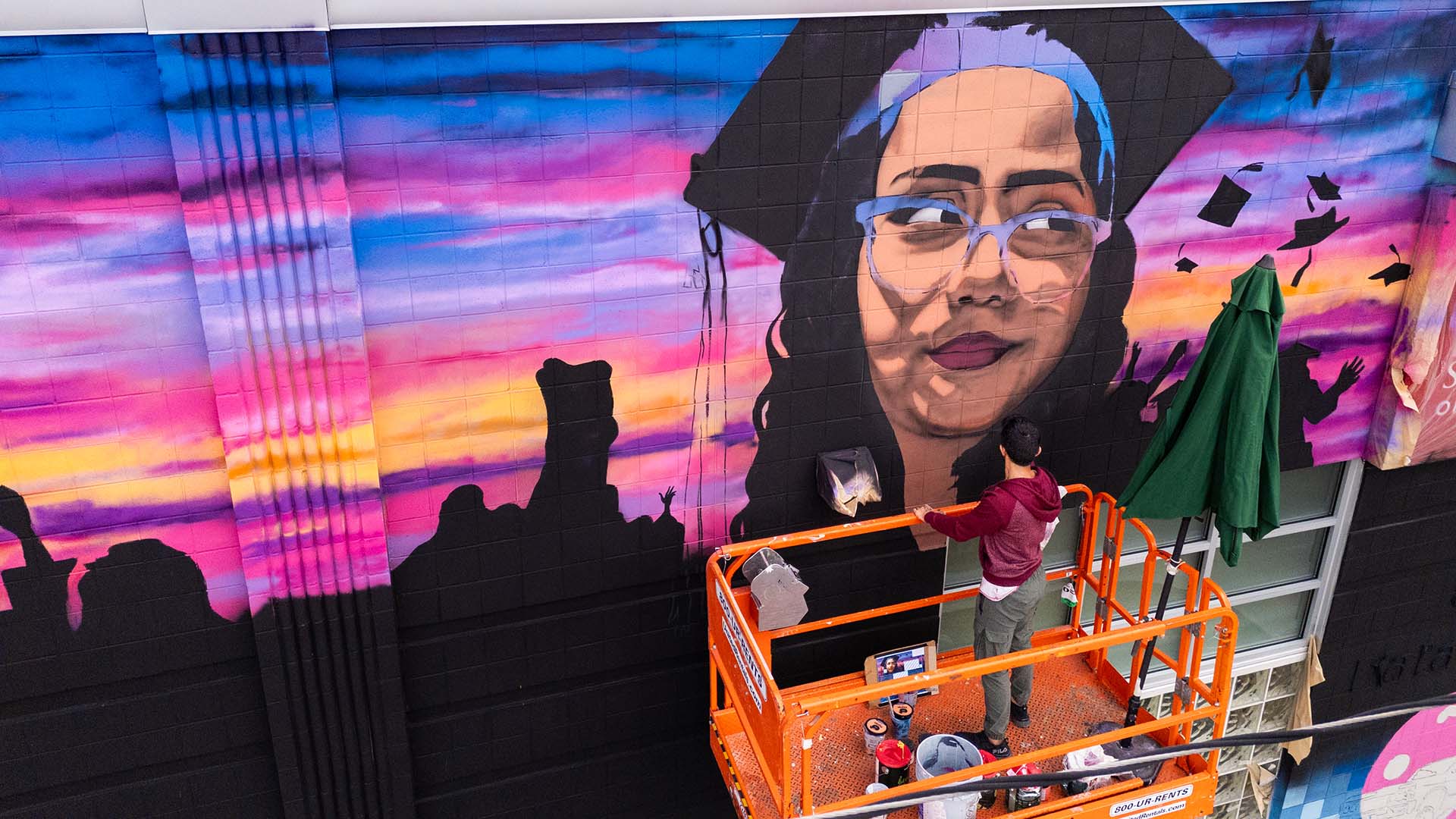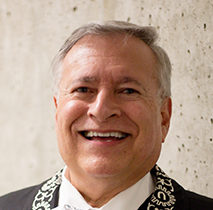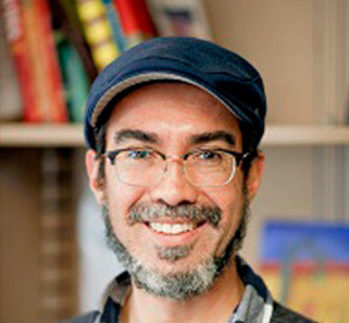9 things you didn’t know about mariachi
Lorenzo Trujillo, affiliate professor of Music and director of MSU Denver’s mariachi ensemble, gets to the heart of the genre’s origins and influence.
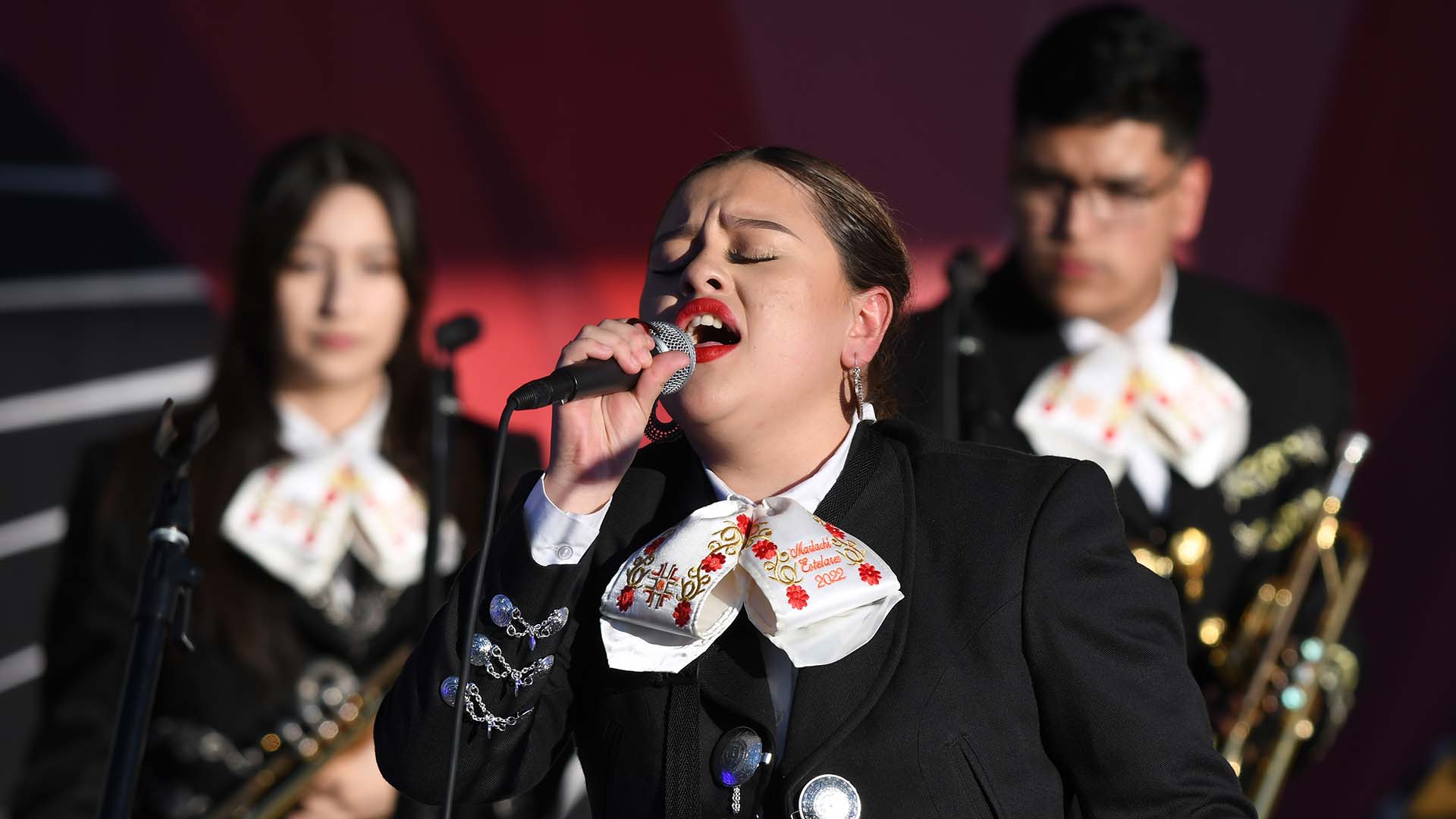
Mariachi music often conjures images of lively performances, decorated suits and a jubilant atmosphere. But beneath its vibrant exterior lies a rich tapestry of history and tradition that many might not know.
For example, an early theory said the word “mariachi” came from the French word “mariage” (meaning “marriage”) during the French occupation of Mexico in the 1860s, as French aristocrats supposedly hired musicians to play at weddings. This theory has since been debunked, and while the origins of the word are still unclear, mariachi is broadly understood in the U.S.
“Within the past 20 years, mariachi has become its own term, meaning a group,” said Lorenzo Trujillo, Ed.D., J.D., founder and director of MSU Denver’s mariachi program. “The term is now used for a group of people in the traditional uniform performing traditional songs. Mariachi musicians have become very versatile and play a variety of musical styles as well.”
In advance of the Viva Southwest Mariachi Festival on Sept. 20, in which several students from MSU Denver will perform, RED talked to Trujillo for more insights on the iconic genre that has captured hearts worldwide.
RELATED: Viva Southwest scores a new ensemble
Mariachi bands don’t have lead singers
An important aspect of mariachi music is that everyone in the group sings and plays an instrument — it’s not just one or the other. Mariachi groups typically have singers who specialize in different styles, such as boleros or rancheras. There are also renowned lead singers such as Pedro Infante and Javier Solís. They were singers but were not part of a mariachi ensemble. It’s unusual for lead singers to be hired separately; instead, each member of a mariachi group is expected to be skilled in both singing and playing.
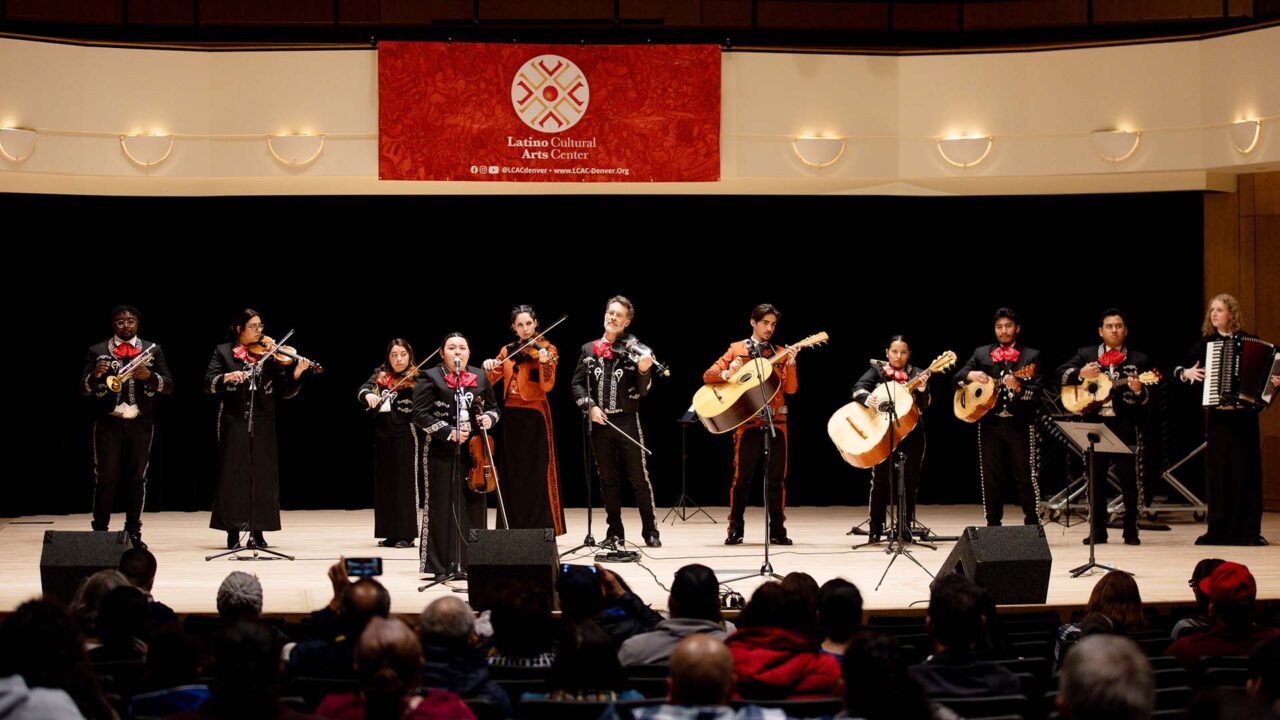
The mariachi suit is rooted in military uniforms
In the 1930s, Mexican President Lázaro Cárdenas del Río was running for office and wanted music at his events. Instead of the traditional white peasant outfits, he dressed them in military or police uniforms. Over the years, these uniforms evolved into the more sophisticated mariachi suits we see today, with various styles and categories emerging across different regions of Mexico. In the 1950s and ’60s, the golden age of Mexican cinema featured iconic mariachi performers such as Infante, Miguel Aceves Mejía, Lola Beltrán and José Alfredo Jiménez, who helped to refine and popularize the mariachi suit.
|
Watch students perform at Viva Southwest Mariachi Fest Mariachi Estelares de Colorado, Colorado’s All-State Youth Mariachi Ensemble led by Trujillo, will take the stage at Levitt Pavilion on Sept. 20 prior to headliner La Santa Cecilia. RSVP for free tickets. See the full lineup of Hispanic-Serving Institution Week events at MSU Denver.
|
|
Mariachi members have a moño ceremony to receive their bow ties
A moño ceremony is a tradition that dates to the 1930s and 1940s. It was practiced among prestigious and skilled mariachi groups and remains a tradition among the most traditional, high-end ensembles today. Receiving a moño is a rite of passage that signifies a musician’s mastery of the music and their dedication through extensive practice. The ceremony recognizes those who have committed to the craft and upheld high standards of excellence. The bow tie is a prestigious symbol of achievement that they wear every time they perform.
RELATED PHOTOS: Students shine at the Viva Southwest Mariachi Festival
Mariachi has influenced other genres, especially country
Mariachi music has greatly influenced popular music, particularly through the Mexican corrido, a storytelling song style. These songs narrate tales of love, betrayal, heroism and more, capturing the essence of the people and their experiences. In many ways, the corrido is the Mexican equivalent of the cowboy ballad, which tells the stories of life in the American Southwest. Serenading is just one part of mariachi, but like corridos, it shares themes of love, deception and heroism. In fact, there are strong parallels between mariachi and country-western music, with the cowboy ballad emerging in the early 1900s with inspiration from the corrido and its roots in the Spanish romance-song tradition.
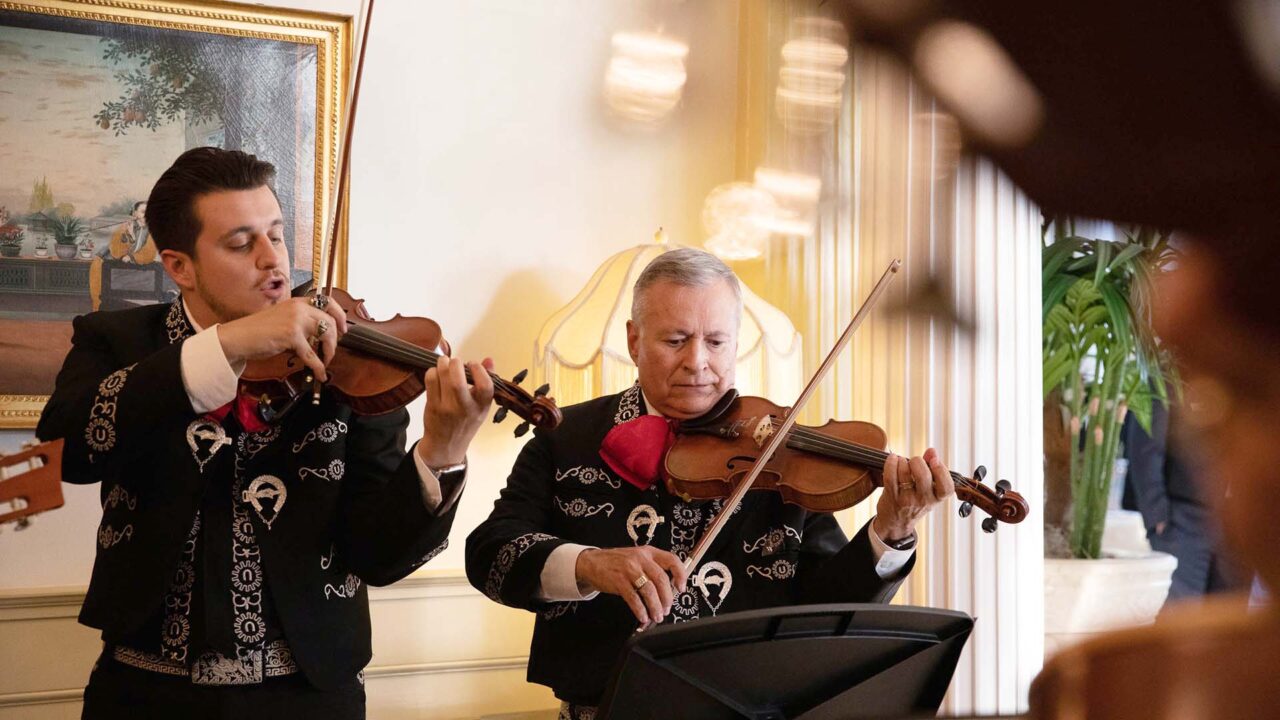
Mariachi is about more than just serenading
During Mexico’s golden age of cinema, charros (Mexican horsemen) and mariachi became associated with stereotypes of machismo, womanizing and drinking — a negative image that persists today. Despite this, mariachi gained immense popularity and became one of Mexico’s most sought-after musical styles, especially after Cárdenas showcased mariachis at his political events, increasing their prominence. Legendary performers such as Infante, Jorge Negrete and Jiménez further cemented mariachi’s association with serenading women, though this is just one facet of the tradition.
Today, mariachi performances are a staple at many restaurants such as the Casa del Sol restaurant in Los Angeles, as well as traditional celebrations and Catholic masses. The diverse applications of mariachi can be attributed to its range of subgenres, also in part due to the genre’s including diverse subgenres such as bolero, a romantic style; ranchera, which originally focused on rural life; and corridos and waltzes that explore themes of machismo, love, betrayal, death, politics and heroism.
Women have gained prominence in mariachi
Women have been performing as instrumentalists in mariachi ensembles at least since the early 20th century in western Mexico. However, in recent decades, all-female mariachi ensembles have made significant strides in the historically male-dominated genre. This shift was influenced by movements such as the Chicano Movement of the 1960s and the Bilingual Education Act of 1968, both of which introduced and supported multilingual and multicultural education in schools. These movements helped Mexican American youth, especially college students, reconnect with their cultural roots and traditions, encouraging them to engage with mariachi music. All-female mariachi groups are now prevalent throughout the United States, including Mariachi Reyna de Los Angeles, founded by Jose Hernandez in 1994, and figures such as Lola Beltrán.
RELATED: Mariachi meets orchestra for a sold-out performance at Boettcher Concert Hall
Mariachi is part of UNESCO
In 2011, the United Nations Educational, Scientific and Cultural Organization included mariachi on its Representative List of Intangible Cultural Heritage of Humanity, recognizing it as a tradition that connects past and future generations. This official designation, known as Patrimonio Cultural in Spanish and cultural heritage in English, highlights mariachi as a symbol of Mexican culture and a living heritage that fosters a strong sense of identity not just to the Mexican population but to the world’s cultural heritage.
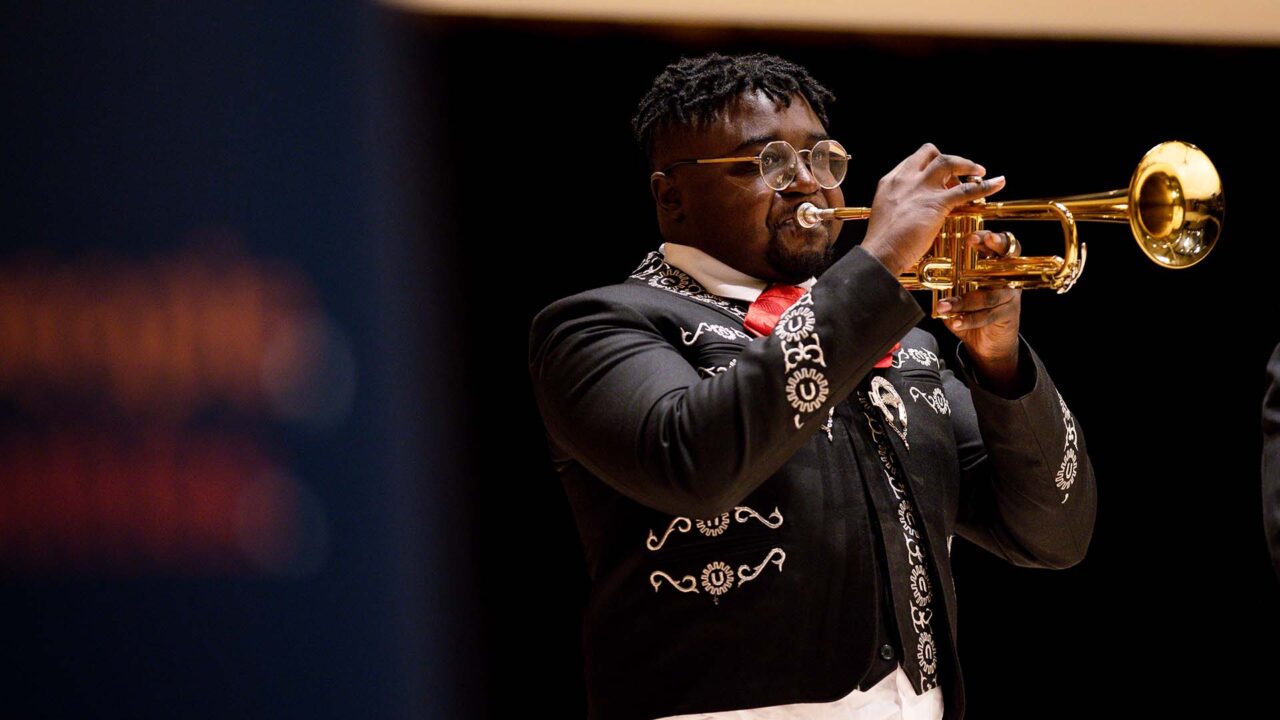
The instruments have multicultural influences
The origins of mariachi are somewhat debated, with many agreeing it emerged in the 19th century, though its influences reach back further. Indigenous peoples used a range of instruments, including clay and bamboo flutes and drums made from tortoise shells and tree trunks, which were integral to their musical traditions. The violins, guitars and harps commonly associated with mariachi were introduced by the Spanish upon their arrival in Mexico in August 1521. Traditional mariachi groups typically feature violins, trumpets, guitars and the guitarrón (a large six-string bass guitar), though trumpets were added to the ensemble only after the 1920s. Some ensembles may also include additional instruments such as the harp and accordion.
RELATED PHOTOS: Mariachi ensemble performs at Casa Bonita
Mariachi instruction is now included in the U.S. school system
Mariachi has become an integral part of the U.S. education system, with programs offered from elementary schools to universities. There are now over 500 schools offering mariachi classes, along with state and regional competitions that celebrate the genre’s cultural and musical significance. While the key centers of mariachi remain Los Angeles; Tucson, Arizona; and San Antonio, newer hubs such as Las Vegas and Chicago have also emerged as important players in the scene. What MSU Denver is doing with mariachi as a Hispanic-Serving Institution is a hallmark of excellence that’s recognized and noted on a national level. As the result, Colorado, too, has become a key center for mariachi in the western United States, reflecting the genre’s growing popularity and influence across the country.

